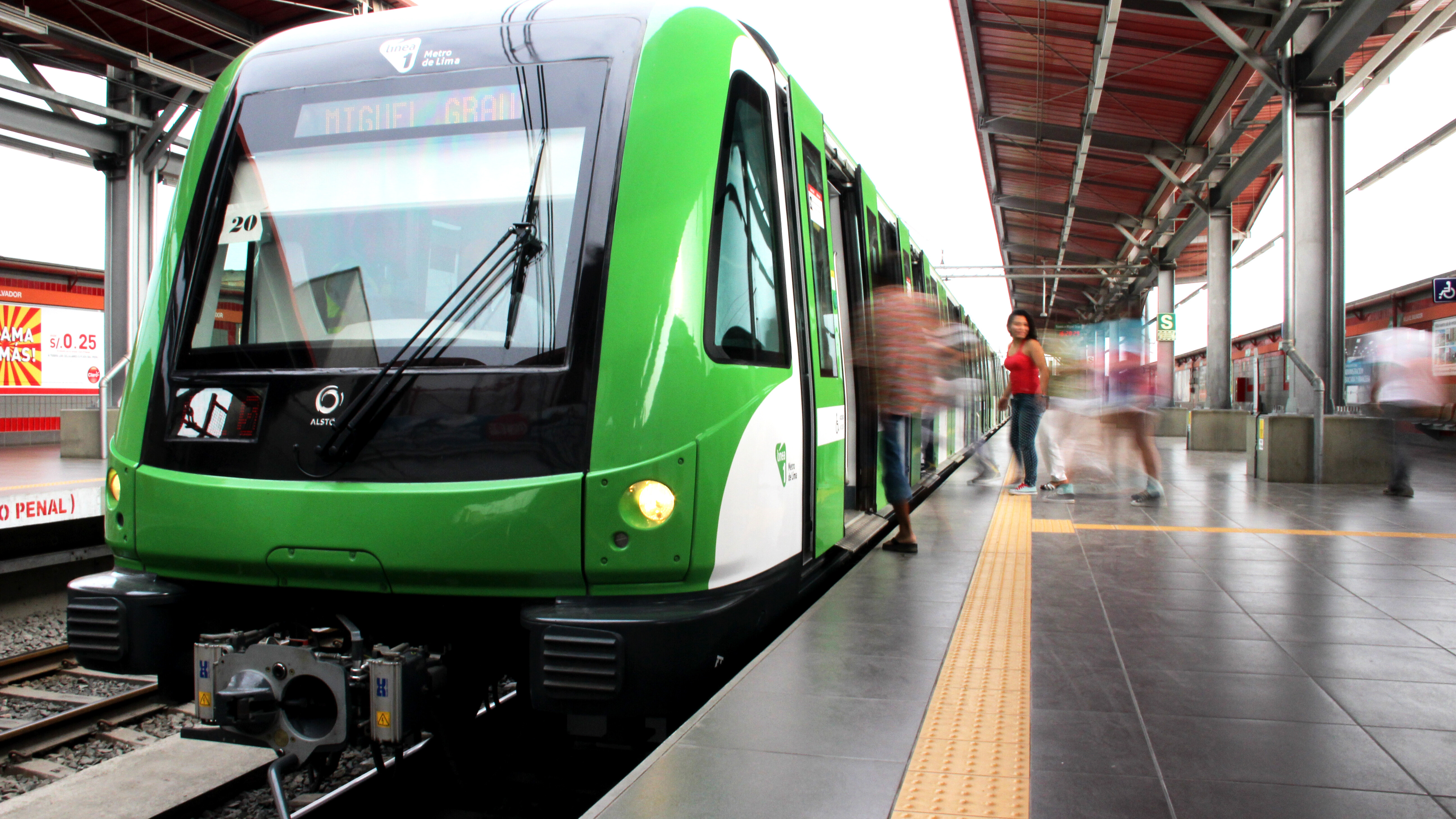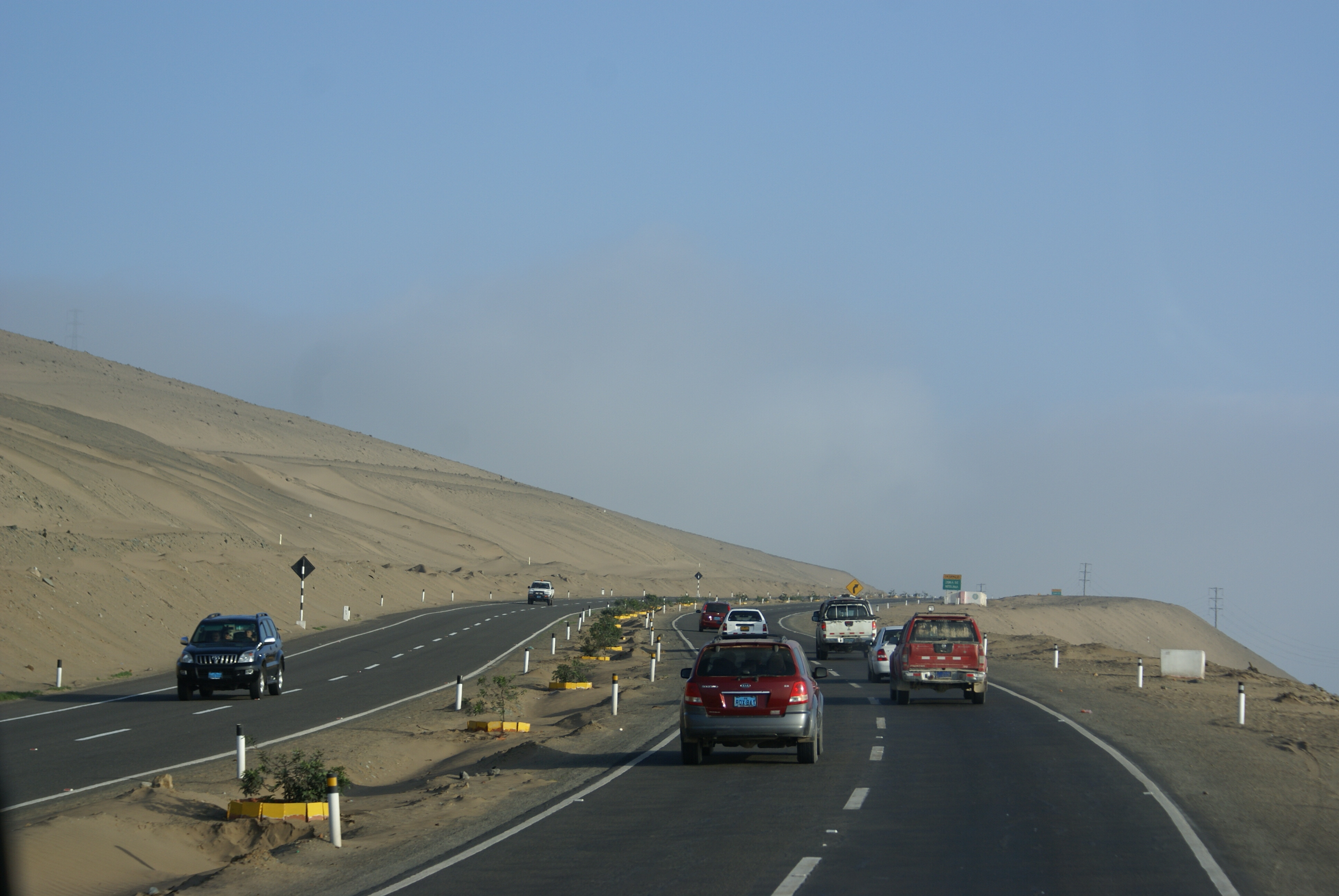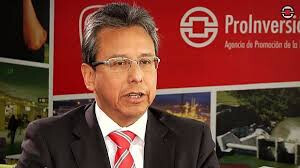Peru’s Infrastructure Boom
Like much of Latin America, Peru has an infrastructure deficit. But unlike many others in the region it’s doing a good job of fixing it. Darwin Cruz Fiestas reports from Lima, where Peru’s building boom is well underway…

If you’re an international investor looking for infrastructure opportunities then look no further than Peru. Pro Inversion, the body in charge of structuring and awarding infrastructure work, has a list of more than 25 projects, across ten sectors for the next two years alone. They cover everything from electricity and energy to health and telecommunications – there is even a prison in there.
Estimates of the total investment needed to overhaul Peru’s infrastructure vary, with some analysts putting the total spend over the next decade as high as $100billion. Thanks to prudent management of the commodities boom, Peru is in good macroeconomic shape, but the government isn’t looking to fund the infrastructure programme on its own. Rather it has opted for a public-private-partnership (PPP) model that should split the risk, and the cost, with the private sector.
LatAm INVESTOR analysis of the 25 projects listed for 2015-2017 found that the 12 that had a specified estimated investment amount came to $5.3billion, with 14% of that figure expected to come from state finance and the rest coming from private investors. If we assume a similar proportion for the future projects it becomes clear that the scale of the investment opportunity is huge.
Upcoming projects
In the short-term the standout item is the $3billion effort to build 1,200 MW worth of new hydroelectric plants, which are due to come online by 2021. The tender for this mega project is due to be awarded by Q4 2015

A key feature of Peru’s economic growth has been the urbanisation that has seen Lima grow into one of the region’s bigger cities. The trouble is that Lima is situated in a desert. In fact it’s the world’s second-biggest desert city, after Cairo. The supporting infrastructure has struggled to keep up with Lima’s growth, something Pro Inversion is looking to fix. Pro Inversion has put together $600million project to build and maintain water pipes and purification systems to serve the provinces of Lima and Junin. It will include a trans-Andean tunnel that will boost water supply to Peru’s capital. It’s expected that the 30-year concession will be awarded in Q3 2015.
Peru is rich in natural gas which, as a cheap, relatively clean and local energy source, has many advantages. As a result Pro Inversion is trying to promote its use and has structured a project for mass gas consumption in the central and southern parts of the country. The $350million concession calls for the design, financing, construction, operation and maintenance of a gas distribution system across seven regions of Peru: Junín, Ucayali, Huancavelica, Ayacucho, Apurímac, Cusco y Puno. The 32-year concession is expected to be awarded in Q3 2015.
Transport is also a big problem in Peru, with the country’s competitiveness hampered by poor road links between cities. That’s why Pro Inversion has structured a $340million project to improve the iconic Carretera Longitudinal de la Sierra (Highland Motorway), which runs the course of Peru’s Andean mountain range, connecting towns in the highlands. Winners will have to repair 117 km of road that is in particularly bad shape and then maintain and operate a 970 km stretch that links 12 different Peruvian provinces. The 25-year concession is expected to be awarded in Q4 2015.
"Peru needs to develop a more complete investment promotion strategy if it wants to attract world-class investors…"
The rest of the projects listed by Pro Inversion for the period don’t have specific investment estimates. Among them, one of the most interesting is the Huancayo-Huancavelica railway project that will repair that stretch of railway and support the Central Railway – Peru’s main freight line.
Other big transport projects include lines 3 and 4 of the Lima Metro. Combined, they’ll be approximately 62 km long and will relieve the pressure on Lima’s crowded road system. So far there are no estimates for the cost of this part of the metro, yet it’s likely to prove a sound investment. According to the World Bank the delays caused by Lima’s notorious traffic cost the country $500million per year in lost productivity. Based on the cost of the existing lines it seems likely that these new projects will require investment of around $5billion.
Tweaking the system
Peru is using a PPP model that sees consortium of private-sector players undertake the projects before eventually handing them back to public ownership.
Juan Carlos Zevallos, the former President of Peru’s transport infrastructure regulator, Ositrán, believes that the era of completely privately-funded infrastructure works in Peru is over. “This is because many of the most attractive projects have already been tendered and those that are left aren’t so appealing for the big, world-class investors”, says Zevallos. “That’s why now the state has to put more emphasis on this type of public private partnership if it is to close the huge infrastructure deficit that the country has.”
Pro Inversion Director, Carlos Herrera, believes that there are several advantages to the PPP model. “One reason is obviously the capital. These are huge projects that the country can’t finance on its own. But the second factor is the expertise and transparency that private sector companies can bring to these projects.”

But while the PPP model has had successes, Peru’s infrastructure programme hasn’t been problem free. One issue has been conflict with local communities or environmental groups in areas affected by projects. Another has been bureaucracy, with investors complaining that it has taken too long to get the necessary permits.
In response the government of President Ollanta Humala is implementing new measures to ease investment bottlenecks. For example one of the biggest challenges can be obtaining a certificate to show that the project is not in an archaeological area of interest or getting an environmental impact assessment. These processes are now both being speeded up.
Another positive step happened last month, when, after an intense two-week debate, the Peruvian parliament granted special powers that allow President Humala to govern by decree in areas of key economic importance such as energy or infrastructure. It is expected that this will allow government to push through projects that sidetracked.
Finally there is a special team inside Peru’s Ministry of Economy and Finance which focuses on supporting investment and ensuring that the new projects are well structured financially.
“These are important efforts”, says Zevallos, “but they need to keep improving. For example, for more than a year there has been a new regulation to help expropriation for public infrastructure, there still hasn’t been any improvement on the ground because it’s not been made clear how the new regulation can be executed.”
Juan Carlos Mathews, Director of the Global Business masters at Lima’s Universidad del Pacífico (Pacific University), also believes that more could be done. “Peru needs to develop a more complete investment promotion strategy if it wants to attract world-class investors”, he says. “If you put together a package of big projects it is more likely that the mega global investors will decide to invest more money, which is exactly what happened with the port complexes and APM Terminals and Dubai World.”
It’s clear that Peru has the necessary elements to attract investments, yet some tweaks to the system are needed. The number and range of the projects on offer in Peru is perhaps its greatest attraction for international investors. The challenge is to structure them in a way that both attracts investors and delivers good value for the Peruvian people.